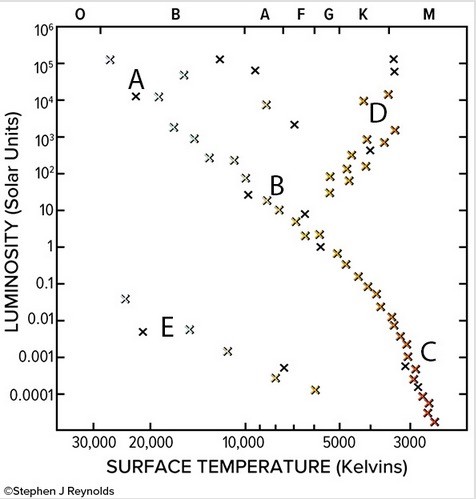Which of the following statements is true?
A) Biologically important organic molecules never exhibit enantiomerism.
B) Very few biologically important organic molecules exhibit enantiomerism.
C) The vast majority of biologically important organic molecules exhibit enantiomerism.
D) All biologically important organic molecules exhibit enantiomerism.
C
You might also like to view...
A sound wave is a
A. longitudinal wave. B. standing wave. C. transverse wave. D. low-frequency light wave.
What is the specific humidity of air at 21°C with 50% relative humidity?
This question show how relative humidity changes as cold, dry outside air is brought inside and warmed. Figure 12.1 shows that as air warms, the maximum specific humidity increases. Therefore, if the air warms but the amount of water vapor stays the same, its relative humidity decreases. Because of this, many people who live in climates with cold winters use humidifiers in their homes to make the air more comfortable. Building engineers recommend that for optimal comfort, inside air should be 21°C, with 50% relative humidity. What will be an ideal response?
Some pollutants are able to persist in the environment for thousands of years
a. True b. False
 In the above HR diagram, which main sequence star is bluish in color?
In the above HR diagram, which main sequence star is bluish in color?
A. A B. B C. C D. D E. E